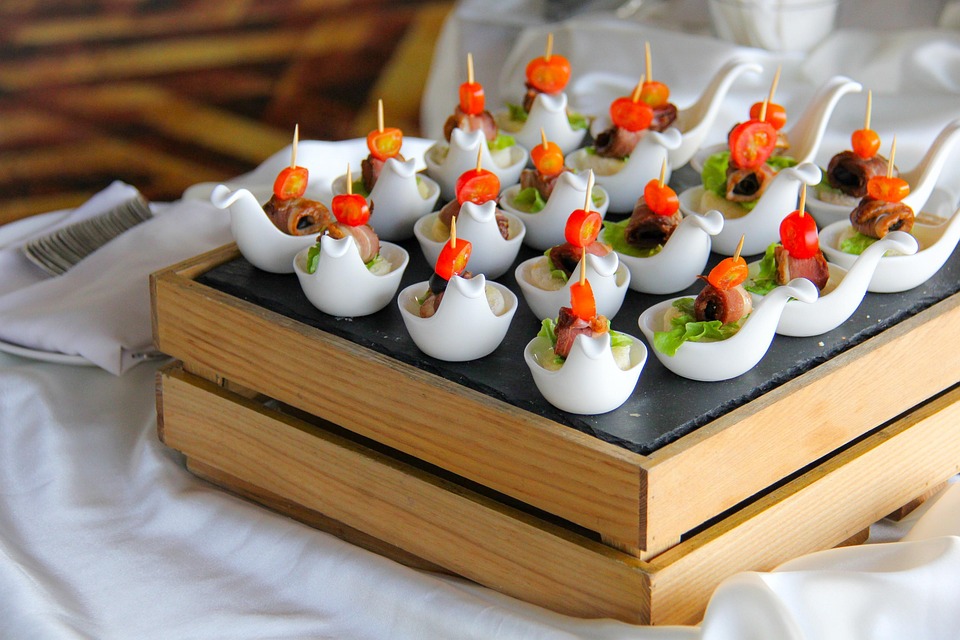In the world of culinary arts, presentation is just as crucial as flavor. The way food is plated can elevate a simple dish into a memorable dining experience, transforming both the appearance and perception of a meal. Mastering the essentials of food plating involves understanding the harmony of colors, textures, and composition. Here’s your guide to serve with style, ensuring that every plate dazzles the eye as much as it delights the palate.
The Importance of Plating
Food plating goes beyond mere aesthetics—it’s about creating an experience. A well-plated dish can evoke emotion, stimulate appetite, and provide a sense of anticipation. It communicates the chef’s intent and showcases the quality of the ingredients. Whether you’re a professional chef or a home cook, mastering plating can enhance your culinary creations and impress your guests.
Essential Elements of Food Plating
1. Color Harmony
Color plays a vital role in food presentation. A colorful plate can stimulate appetite and enhance visual appeal. Consider contrasting colors to highlight specific components of the dish. For instance, vibrant greens can accentuate a rich brown sauce, while bright reds and yellows can add liveliness to a neutral background.
2. Textures and Shapes
Incorporating a variety of textures—creamy, crunchy, soft, and chewy—creates a dynamic eating experience. Use different cooking methods to obtain diverse textures. Additionally, think creatively about shapes; circular, angular, and asymmetrical forms can add intrigue. For example, a round scoop of purée complemented by jagged, crisp vegetables creates a visually appealing juxtaposition.
3. The Plate as a Canvas
The choice of plate significantly impacts presentation. White plates are a popular choice as they allow colors to pop, but unique shapes and styles can add personality. Remember that the size of the plate matters too—too much empty space can make the dish look sparse, while overcrowding can overwhelm the eater. Aim for a balance that highlights your food without distraction.
4. Focal Point and Composition
Determine the focal point of your dish, whether it’s the main protein, a vibrant garnish, or an artistic drizzle of sauce. Use the rule of thirds—a principle borrowed from photography—to guide placement. This involves dividing the plate into three equal sections, both horizontally and vertically, and positioning key components along these lines or at their intersections.
5. Garnishing Wisely
Garnishes should enhance the dish without overpowering it. Fresh herbs, edible flowers, or a carefully placed drizzle of sauce can add visual interest and flavor. Use garnishes that make sense with the dish; for example, a sprinkle of microgreens works well with a fresh salad, while a dash of citrus zest can brighten a rich dessert.
6. Saucing Techniques
Sauces can transform a dish, but the way they’re presented matters. Instead of just pouring sauce atop the food, consider different techniques—swirling, drizzling, or dotting— to create artistic designs. A well-placed sauce can frame the main components and guide the eater’s eye.
7. Temperature and Timing
Serving food at the right temperature is crucial for maintaining texture and flavor. Hot foods should be served hot, and cold foods should be chilled. Pay attention to timing—plating should occur just before serving to ensure freshness and avoid any undesirable changes in appearance or texture.
Practical Tips for Home Cooks
– Practice Makes Perfect
Experimentation is key. Don’t be afraid to try new techniques and styles. Use different ingredients and plating styles to discover what resonates with you.
– Seek Inspiration
Browse through cookbooks, food magazines, and social media platforms like Instagram and Pinterest. Observe professional plating styles and adapt them to your own dishes.
– Start Simple
When beginning your plating journey, keep it simple. Focus on mastering the basics before advancing to more complex presentations. A clean, well-composed plate with quality ingredients is always impressive.
– Presentation Tools
Invest in some basic plating tools, such as squeeze bottles for sauces, tweezers for delicate garnishes, and ring molds for shaping. These can help refine your presentation skills.
Conclusion
Food plating is an art that merges creativity and technique. By understanding and applying the essentials of color, texture, composition, and garnishing, you can transform your culinary creations into stunning visual masterpieces. Remember, the goal is to please both the eye and the palate—serve with style, and your dishes will leave a lasting impression. So, roll up your sleeves, put on your chef’s hat, and get ready to elevate your food presentation to a whole new level!



